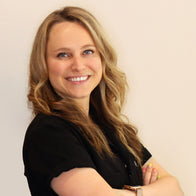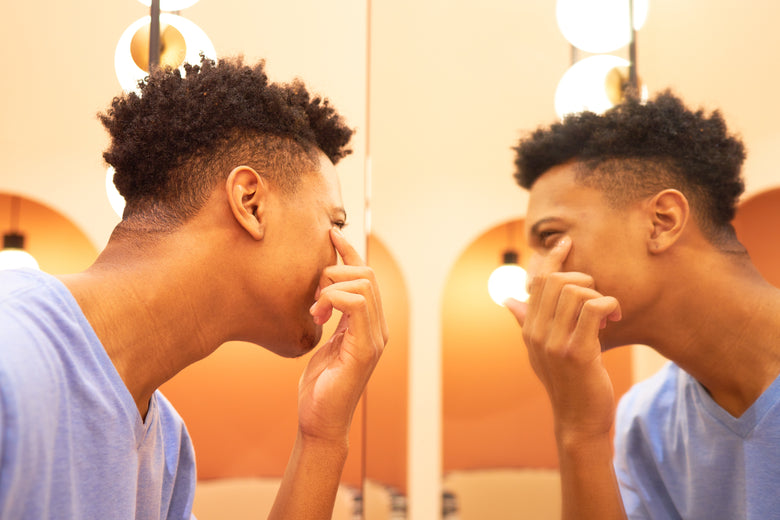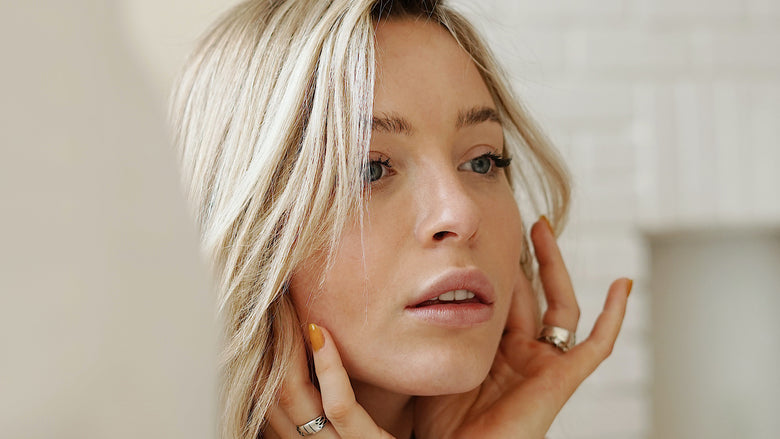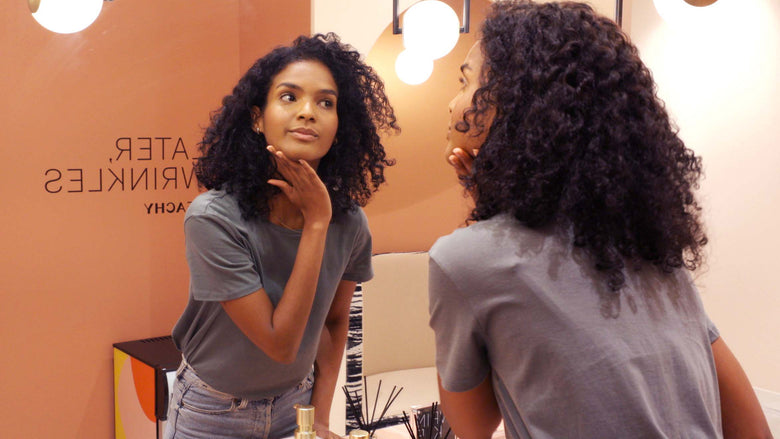As with real estate, the classic adage of “location, location, location” applies when considering where on the face to get botox. Areas where one can get botox are seemingly infinite; a quick internet search and an ocean of offerings affirm this.
One nuance we feel doesn’t get discussed enough is that not all treatment areas respond to botox the same. Further, administering botox in areas where there isn’t a clear, empirical understanding of treatment success also carries higher risks of adverse effects – in addition to the treatment not working so well.
The preventative wonders of botox are many. As a solution to wrinkles, it is both wonderfully effective and equally safe – when treating the right areas.
Here we’ll break down the primary wrinkle types, which treatment areas botox works best for, and how we know that’s the case. From there we’ll look at some basic considerations when shopping around for providers.
No two wrinkles are the same
Wrinkles aren’t a function of chaos or bad luck. There are reasons behind wrinkles and how they form, and certain wrinkles show with certain expressions. Some may surface with a quick smile then seemingly vanish when the face is at rest. These are known as your “dynamic” lines, and they’re the most correctable with botox.
Then there are the second kind, the ones that show with or without expression, rain or shine. These are your “static” lines, which will show when expressing but won’t resolve afterward as dynamic lines do with a face at rest. These are more refineable with botox but will not fade entirely as with finer dynamic lines. Important to know is that every wrinkle and fine line starts out dynamic before advancing to the static stage.
Does that make wrinkle prevention a time-sensitive mission? Yes it does! For those wanting to keep lines fewer and finer in the long run, proactive treatment is the way to go.
Three provably great areas for botox
Since its approval by the FDA for cosmetic use in 2002, Botox® and like wrinkle relaxer brands with FDA approval have become the go-to solution for a diversity of people who prize their complexion and want a clear and assured approach to preserve it.
The three FDA-approved treatment areas for botox include worry lines along the forehead, crow’s feet along the outer eye areas, and frown lines between the brows. Treatment success for each of the following areas is extensive and very well researched.
Worry lines – Linked to use of a muscle called the frontalis, worry lines are their most prominent when raising your brow to express surprise or concern. Due to higher muscle mass, it’s an area where men frequently experience wrinkling.
Crow’s feet – These are the lines you’ll find cupping areas of the outer eye and upper cheek, and they’re caused by a muscle known as the orbicularis oculi. They routinely show when squinting and smiling.
Frown lines – Frown lines are a result of the procerus-corrugator muscle group. They often come with expressions of concern, anger, and heavy focus. For some, these lines run vertically (also known as “elevens”) where others have diagonally intersecting lines between the brows. Faces are quite dynamic in this way!
Approved use vs. off-label
FDA approval is what distinguishes the botox areas above from any other segment of the face or neck providers might offer to treat. In a word, FDA approval is the gold standard in wrinkle care.Why does it matter? For any drug to be approved it must undergo rigorous clinical testing, ensuring that the benefit of the treatment outweighs the risk. And in the case of botox, that wrinkling in the targeted area is actually being treated.
Providers routinely offer wrinkle treatment to other arbitrary muscle groups and areas of the face. This is known as “off-label” use. Common areas for non-approved use of botox include lines along the upper bridge of the nose (bunny lines), radial smile lines, dimpling along the chin, and elsewhere.
Compared to the three original FDA-approved treatment points, none of these botox areas have undergone the same level of inquiry or clinical rigor. For many of them, there is no consensus on appropriate dosing or injection methods.
And while providers might offer off-label treatment, there is no shared understanding on how effective and how safe wrinkle relaxers are for these areas of the face.
Finding a provider
Ultimately you want a provider able to deliver the outcome you want – and ensuring you’re confident and comfortable with the plan to get there.
Our faces are an inseparable part of our identity, and far too precious for shortcuts. Make sure where you’re going prioritizes safe, credible care above all else.
That means a comprehensively trained staff that is capable and qualified to administer treatment. Board-certified nurse practitioners are a must!
Specialization matters
There are good reasons why you’d want to go where wrinkle care is the sole focus. Many practices offer a range of services. It’s a convenient route if you’re looking beyond wrinkle care.
However, more offerings can encourage aggressive upselling, spreading providers too thin, or preventing them from excelling in any one area of care.
At Peachy, we focus on one thing and one thing only – wrinkles. Each of our providers arrive board-certified with an emphasis on client education. Beyond clinical expertise, they are the hands and hearts of our operation!
Pricing
Cost is a component of wrinkle care we’re actively innovating around. So often price comes down to how the provider structures their business.
More conventional practices rely on “per-unit pricing.” This gives more client discretion on which areas of the face to treat and how heavily – though not always where botox is empirically proven to work.
Further, rates for individual units do vary between brands, though $10–$20 is a common range. Most areas of the face require dozens of units – per area – to reduce line activity. Meaning final costs can become unaffordable rather fast.
Variation in pricing also brings complexity, and transparency issues that surface when it comes time to pay.
We’re different
At Peachy, we operate on a fixed-rate pricing model for botox: $425 for all 3 FDA-approved botox areas, with consults on us.
We keep consultations pressure-free and focused on caring for your complexion and the goals you’ve set for it. Whether you’re on the fence about botox or you’ve got your thumb on the booking button, we’d love to see your face.




